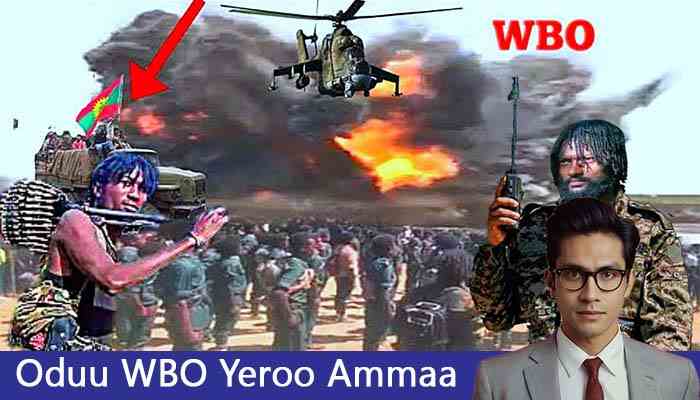Introduction
The Oduu WBO Yeroo Ammaa (latest news about the Oromo Liberation Army) is a hot topic in Ethiopia, especially among the Oromo community and political analysts. The WBO (Waraana Bilisummaa Oromoo – Oromo Liberation Army) remains a key player in Ethiopia’s ongoing conflicts, influencing politics, security, and regional stability.
In this detailed blog post, we will explore:
✔ The history of WBO – How it started and its evolution
✔ Current status (2024/2025) – Military operations, political stance
✔ Pros and cons – The impact of WBO’s struggle
✔ My personal opinion – A balanced perspective
✔ FAQs, tables, and SEO optimization for better reach
History of WBO: From Formation to Present
1. The Oromo Struggle for Freedom
The Oromo people, Ethiopia’s largest ethnic group, have faced political oppression, land dispossession, and cultural suppression for decades. This led to the rise of armed resistance.
2. The Birth of WBO
- The OLF (Oromo Liberation Front) was founded in 1973 to fight for Oromo self-determination.
- The WBO (Oromo Liberation Army) emerged in the early 2000s as the armed wing of OLF.
3. Key Phases in WBO’s Evolution
- 2018: After Abiy Ahmed came to power, some OLF leaders returned from exile, but WBO continued fighting, distrusting the government.
- 2020–2025: WBO expanded its operations, engaging in major clashes with Ethiopian forces and Amhara militias (Fano).
Oduu WBO Yeroo Ammaa (Latest WBO News – 2024/2025)
1. Military Operations & Conflict Zones
- Active fighting in West Shewa, Wollega, and Guji zones.
- Urban attacks: WBO has targeted government installations, while the military responds with airstrikes.
- Civilian impact: Thousands displaced, with reports of human rights abuses from both sides.
2. Political Developments
- Peace talks? The Ethiopian government has offered negotiations, but WBO demands full autonomy for Oromia.
- Internal divisions: Some OLF factions support dialogue, while WBO remains committed to armed struggle.
3. WBO’s Leadership & Structure
- Jaal Marroo (Commander in Chief) leads the military operations.
- No centralized control: WBO operates in decentralized guerrilla units.
Also Check: Jal Maroo: The Life and Struggle of the Oromo Liberation Army Chief
Pros and Cons of WBO’s Movement
| Pros (Strengths) | Cons (Weaknesses) |
|---|---|
| ✅ Fighting for Oromo self-determination | ❌ Civilians suffer in conflict zones |
| ✅ Keeping Oromo political demands alive | ❌ Accused of human rights violations |
| ✅ Pressuring the Ethiopian government | ❌ Lacks a clear political roadmap |
My Opinion: Is WBO’s Struggle Justified?
As an observer, I believe:
✔ WBO represents genuine grievances of the Oromo people.
✔ However, prolonged war harms civilians—dialogue is necessary.
✔ A political solution (not just military) is needed for lasting peace.
FAQs About Oduu WBO Yeroo Ammaa
1. Is WBO part of OLF?
Yes, WBO was originally OLF’s armed wing, but they now operate semi-independently.
2. What does WBO want?
✔ Self-rule for Oromia
✔ End to government oppression
3. Are peace talks possible?
Possible, but WBO distrusts the government, making negotiations difficult.
Conclusion: What’s Next for WBO?
The Oduu WBO Yeroo Ammaa shows that the conflict is far from over. While WBO fights for Oromo rights, the human cost is high. A negotiated settlement may be the only way forward.
What do YOU think? Share your views in the comments!











